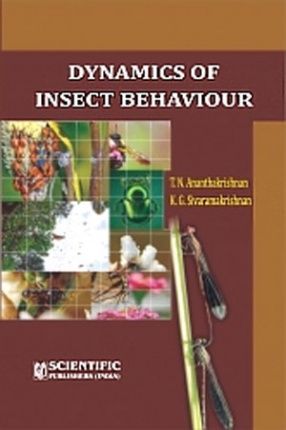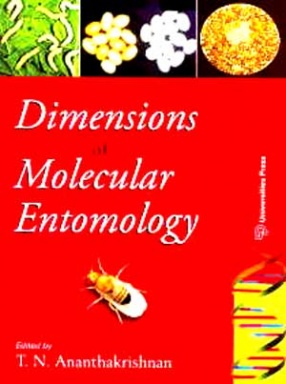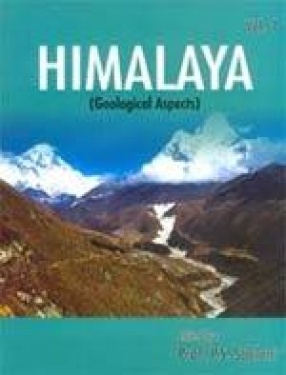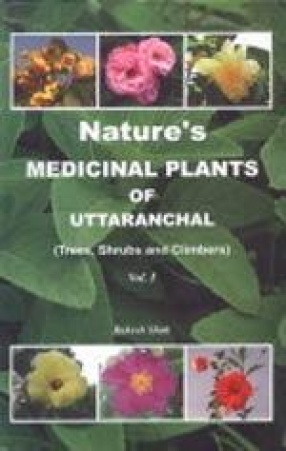This work aims at a synthesis of available knowledge of litter ecosystem in tropical forests, from the viewpoint of the sustainability of entomological resources at various levels, laying stress on their biological diversity with emphasis on their functional diversity. At a time when we are losing natural forests at a fast rate through conversion of forest into cultivated land, the thoughts of dwindling biodiversity through lack of litter become predominant. Of equal relevance is the conversion of natural forest into monoculture plantations such as teak, reducing litter diversity and consequently species diversity. Information presented in this volume which highlights aspects of decomposition of litter and mineral cycling, lays emphasis on the biodiversity of biotic elements involving: (a) microbial-faunal interactions, (b) bioecology of diverse faunal elements, and (c) predator dynamics. Each of these aspects refer not only to monoculture and natural forest litter, but also to the degree of diversity at various altitudes in relation to the quality of litter resource. Trophic systems in forest litter communities have also been discussed, so that emphasis is made on community structure in litter ecosystems. Chemical ecological studies of litter involving primary and secondary metabolites as well as leaf volatiles now known to play an important role in the structure of litter communities, have been discussed at length.

Forest Litter Insect Communities: Biology and Chemical Ecology
In stock
Free & Quick Delivery Worldwide
reviews
Bibliographic information
Title
Forest Litter Insect Communities: Biology and Chemical Ecology
Author
Edition
1st ed.
Publisher
ISBN
8120410440
Length
174p., Figures.
Subjects






There are no reviews yet.